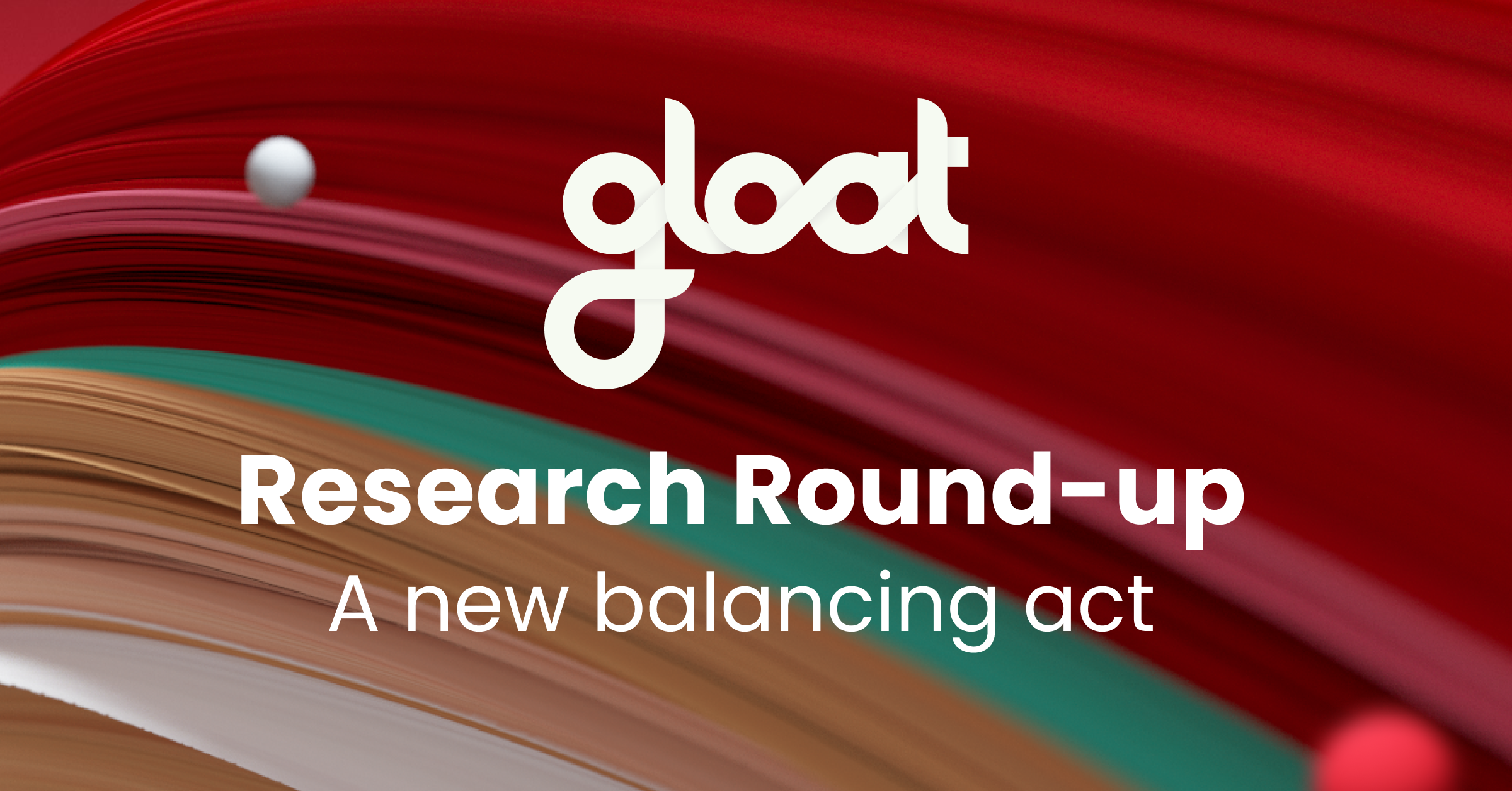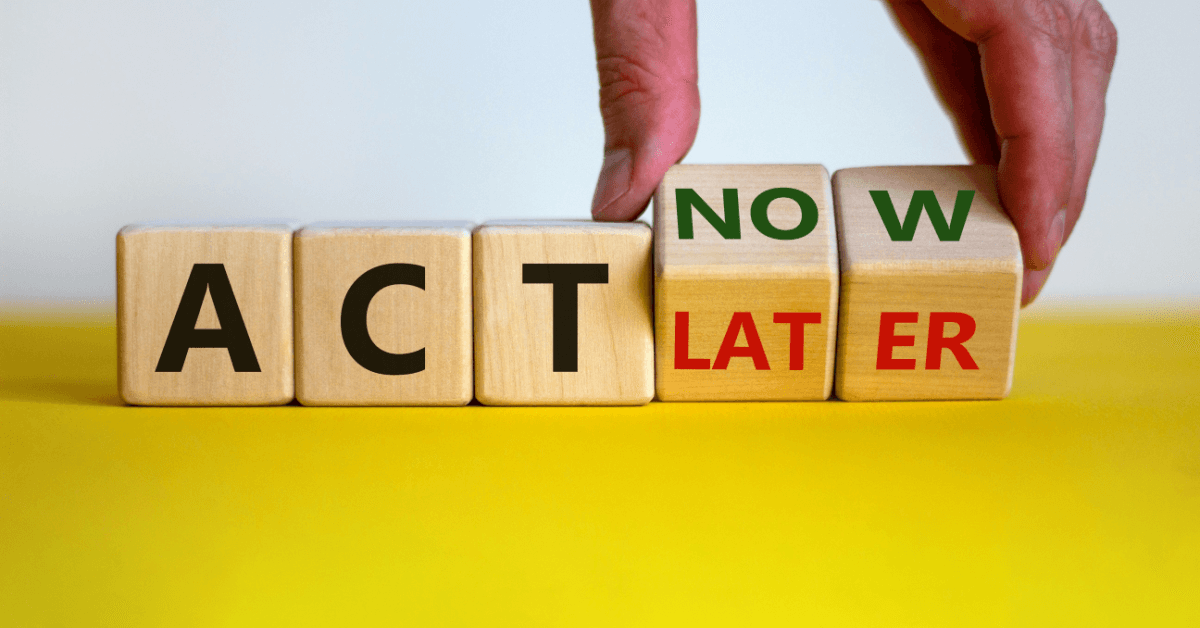May research round-up
What I am reading, listening to, and thinking about in the world of talent marketplaces

Now that we’re into the second year of the Great Resignation, all employers are feeling the pressure. Calls for change keep getting louder, and many leaders now find themselves in the middle of a challenging balancing act.
From in-office versus hybrid working to discovering new ways of aligning employee ambitions with complex business needs, there’s no shortage of competing priorities and emerging challenges. And the impending economic slowdown is adding another layer of stress to the equation.
While it’s impossible to map out how every detail of the changing economic tides will impact your business, it’s not too early to begin recalibrating your strategy for the new world of work. In fact, it’s something leaders can’t afford to put on the back burner.
Since shifting gears and finding a new sense of equilibrium can be challenging, this month’s research roundup is dedicated to spotlighting the questions and considerations leaders should weigh to guide their organizations as they craft their path forward.
READ What’s new in thought leadership about the future of work
The Rules for Hybrid Work Were Always Made Up, The New York Times, by Emma Goldberg
If you feel like your organization doesn’t have hybrid working all figured out, you’re not alone. In her recent New York Times article, writer Emma Goldberg explores some of the complexities that leaders are encountering as they aim to introduce the 2.0 version of office life. One of the most important takeaways: there’s too much of an emphasis on rigid expectations, which is causing many executives to overlook the larger opportunity to reframe the relationship between work and workplaces.
What Stops Employees from Applying for Internal Roles?, Harvard Business Review, by Lauren Smith, Jamie Kohn, and Iga Pilewska
The stats in this Harvard Business Review article speak for themselves—most notably, only 1 out of 3 employees who are searching for a new job start by looking for opportunities with their current employer. Let’s reflect on that: 2 out of 3 employees start by looking outside their organization. That figure tells us that most businesses aren’t tapping into their most valuable talent pool: their current employees. This article spotlights some of the boundaries that hinder internal mobility and the role marketplaces can play in breaking down career development barriers.
All Those Quitters? They’re at Work, The New York Times, by Emma Goldberg
Now that we’re more than one year into the Great Resignation, trends are starting to emerge that shed light on what employees are doing after they leave. Hint: they aren’t calling it quits. Instead, employees are capitalizing on an abundance of opportunities to pursue new roles that prioritize flexibility, autonomy, respect, work-life balance, and yes, better pay. This article proves that what we’re seeing isn’t so much a mass exodus, but instead a fundamental shift (as Heather Long described in her Washington Post article about the Great Reassessment).
What Work Without Jobs Means for Managers, MIT Management Sloan School, by Meredith Somers
We’ve been talking a lot about the shift towards workforce pixelation. But as businesses move away from relying on jobs as the primary way to structure work, what will that mean for managers? Here are some great takeaways from our friends Dr. John Boudreau and Ravin Jesuthasan, who recently led a webinar hosted by MIT Sloan Management Review. Among their best practices, they advise using a talent marketplace to encourage employees to take on projects outside of their day-to-day roles and interact with other leaders and groups.
Why Isn’t New Technology Making Us More Productive?, The New York Times, by Steve Lohr
If you want to learn more about the role AI is playing in transforming the way we work, this article by New York Times reporter Steve Lohr is a must-read. He discusses how people and AI are working together and spotlights some emerging management practices to harness the opportunities of AI, workers, and work. My favorite example from the article is the call center operators at Anthem Inc., who are shifting their focus to becoming “care navigators” now that chatbots are helping them handle more inquiries. The challenge is to focus on workforce, workplace, and automation strategies and to look beyond substitution to augmentation and collaboration strategies. What can people AND machines do together?
The Market Slows: What Should Employers Do?, JoshBersin.com, by Josh Bersin
Now that leaders are bracing for an economic slowdown, there’s a lot of uncertainty about what it takes to hire carefully in a market like this. Industry analyst Josh Bersin shares a few tips that every employer should take advantage of. One piece of advice he offers is that in a time of “stock picking”, leaders should be choosing internal candidates, which he calls “the equivalent of asset reallocation.” He goes on to explain that in fields like banking and healthcare, companies are already creating new career pathways to develop the talent needed to fill in-demand roles internally.
LISTEN What I’ve been playing on repeat
The 25-Job Career, Century Lives, with Jack Kelly, Julia Pollak, and Timothy Taylor
The Stanford Center on Longevity put out this thought-provoking podcast about what it’s like to think about longer careers, multiple jobs, and the “squiggle” career. The episode explores the reality of the 25-job career that most Gen Z and Millennial employees are facing by speaking with economists, job seekers, recruiters, and career counselors. I recommend the podcast, especially this season, which is focusing on the 60-year career (daunting, but a reality for employees and employers).
A New Way to Think with Roger L. Martin, BCG Henderson Institute, interviewed by Martin Reeves
If you’re looking for some big-picture guidance on rethinking dominant mental models and reevaluating common misconceptions, this conversation with BCG’s Martin Reeves and strategic management professor Roger L. Martin is required listening. The two explore the intricacies of human ingenuity, change, competitive advantage, and the importance of building organizations that recognize the uniqueness of talented individuals. The section on talent and workforce is particularly relevant. I was excited to hear Roger discussing themes I unpack in my book, Work Disrupted, where I explore the importance of understanding 21st-century work and careers with new mental models and pushing beyond outmoded ideas (linear careers, full-time jobs, and technology as substitutes are among the ideas we need to rethink).
THINK What research and studies are saying about our path forward
Hybrid work: Making it fit with your diversity, equity, and inclusion strategy, McKinsey, by Bonnie Dowling, Drew Goldstein, Michael Park, and Holly Price
Beyond flexibility, hybrid working can be a game-changer for fostering inclusivity. Research from McKinsey finds that many traditionally underrepresented groups, including employees with disabilities and LGBTQ+ workers, are more likely to prefer hybrid working than their peers. Yet, it also has the potential to create an unequal playing field and to amplify in-group versus out-group dynamics, which can turn those advantages into liabilities. Thankfully, the authors of this piece offer a few suggestions for implementing inclusive hybrid working arrangements.
Desperate for Talent? Consider Advancing Your Own Employees First, Harvard Business School, by Rachel Layne
It’s not just desk workers who are resigning in droves; Harvard Business School findings reveal that in some industries, 80 percent or more of low-wage employees have moved to different jobs within recent years. Yet, while two-thirds of these employees named a clear path to promotion as one of their top priorities, their employers failed to rank mobility as a reason they perceived as most important to workers when deciding whether to stay. Clearly, there’s still a significant disconnect between what people are looking for and what their employers think they want.
PwC’s Global Workforce Hopes and Fears Survey 2022, PwC
The latest research on global workforces from PwC is filled with eye-opening findings that detail what people are looking for from their employers. For some leaders, the results will be a wake-up call: more than one-third of respondents plan to ask for a raise this year and less than 30% of highly skilled employees would recommend their organizations as a place to work (ouch!). Overall, it’s in-demand employees—such as those whose roles require specialized training—that expect their organizations to make serious changes to improve the employee value proposition.
CONNECT What future-fit organizations and leaders are talking about
Harvard Professor: Work from anywhere is our destiny, Make Work Better, Bruce Daisley and Raj Choudhary
To understand how workplace norms evolve, we need to look at what top talent is demanding, professor Raj Choudhury at Harvard Business School suggests in a recent blog post with Bruce Daisley. According to him, “There are two kinds of companies: one is going to embrace work-from-anywhere, and the second is in denial—those companies will lose their workforce. You have to make a choice, as a leader, what kind of company you want to lead.” It’s a decision that every executive is facing right now, and for many, it’s starting to become clear that there’s only one choice that will set their organizations up for future success.
As we pivot from the first half of 2022 to the second half, there’s a lot on our plates. This is an important time to look at the big picture and take advantage of the opportunities in front of us. Let us know what you would add to our list.





